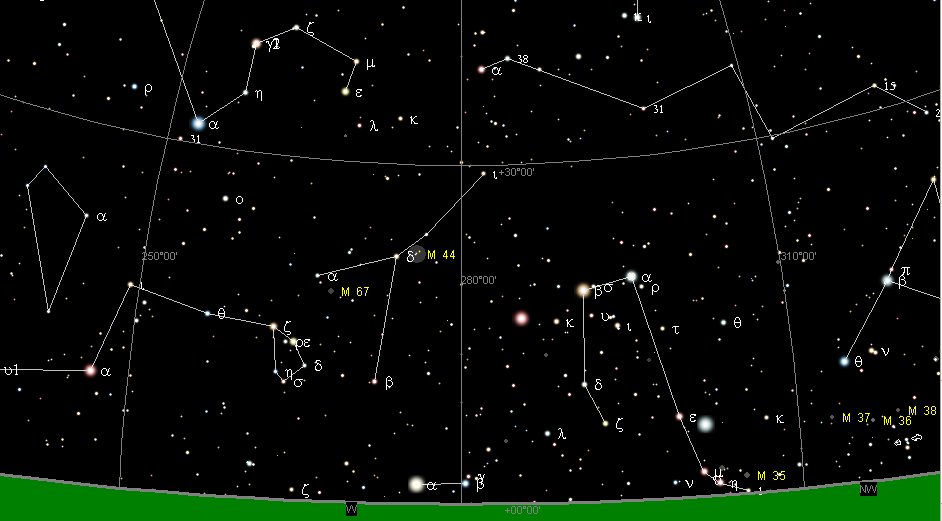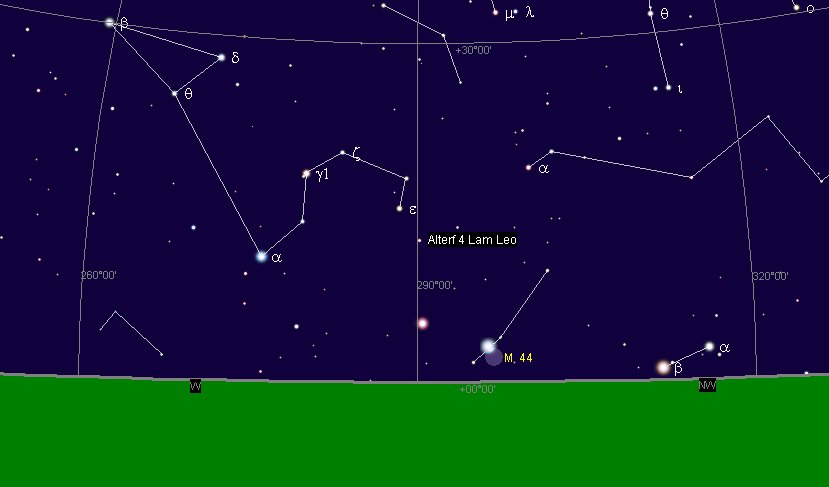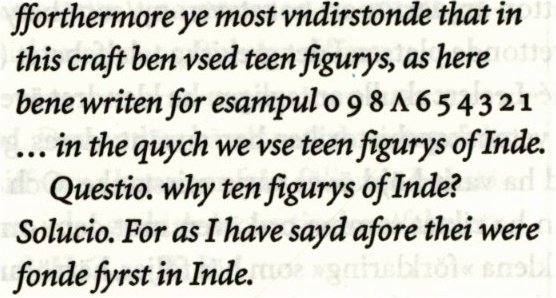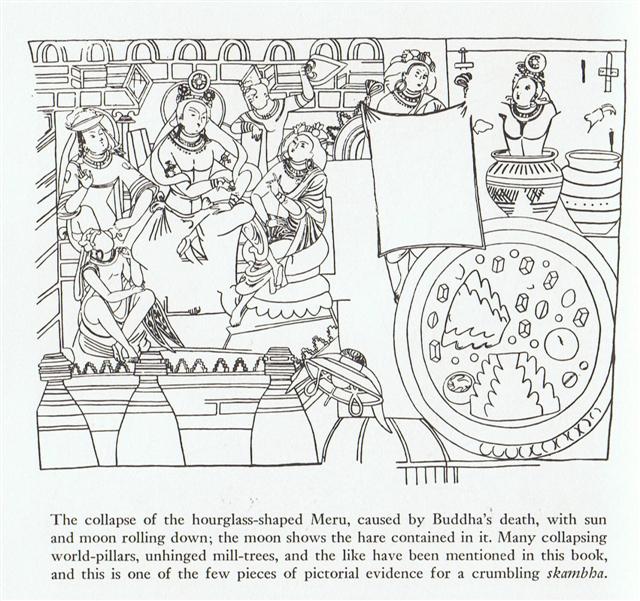13. The point of central interest in the Cancer constellation seems be the star named Beehive (ε, *130) located close to M44 (= The Beehive Cluster): ... before the invention of the telescope this was the only universally recognized nebula, its components not being separately distinguishable by ordinary vision. But it seems to have been strangely regarded as three nebulous objects ... Possibly, I guess, there had to be 3 such nebulous objects in the center from where one would grow up from pairents (α and β) down on the other side of the ecliptic:
  Could the orbit of Mars in AD 2023 lead to *130? Of course it must. The question is rather how close Mars at that time will be to the Beehive (ε) star. We can try to find out by extrapolating. In my assumed era for rongorongo there were *14 days from Pollux (*116) to ε Cancri (*130).
Day 120 (April 30, AD 2023) + 14 = day 134 (May 14). However, according to Cartes du Ciel at that time Mars will still not have come close to the region of M44:
But a month later (in June 14 AD 2023) it will evidently be too late:
For in June 14 the planet Mars will already have reached to the star named The End (Alterf, *143) in the Leo constellation.
From "December 4 (according to the era of Bharani) to the last day of the year in "December 31 there were *27 days. But from May 14 (134) to June 14 (165) there were 31 days, which indicates that Mars will not move as quickly as the Sun in this interval (at least not in AD 2023). The difference between June 14 (*85) in AD 2023 and August 11 (*143) according to my assumed era for rongorongo can be explained not only as due to a slight increase by about (2023 - 1842) / (26000 / 365¼) = *2.54 precessional days (= 181 / 71.2), but should rather be thought of as due to the fact that my computer results are based on evening observations instead of stars observed in the early morning (= late night) sky. ... In view of the almost universal prevalence of the Pleiades year throughout the Polynesian area it is surprising to find that in the South Island and certain parts of the North Island of New Zealand and in the neighboring Chatham Islands, the year began with the new Moon after the early morning rising, not of the Pleiades, but of the star Rigel in Orion ... As if by coincidence we will find this difference between the dates (*143 - *85) to coincide with the difference between the places at Ga3-20 (→ *320, Dramasa, the South Pole star) and at Ga1-21 (→ 121, May 1, Beltaine). The star named The End (Alterf) could possibly refer to "July 4 (*105), when the first half of the year had been terminated and "December 31 would be at the opposite (night) side of the sky, at *105 + *180 = *285. ... July 4 is the 185th day of the year (186th in leap years) in the Gregorian calendar. There are 180 days remaining until the end of the year. The Aphelion, the point in the year when the Earth is farthest from the Sun, occurs around this date ... Notably the shape of the Cancer constellation resembles the letter λ:
|
|||||||||||||||||||||||||||||||||||||||||||||||||||||||||||||||||||||||









